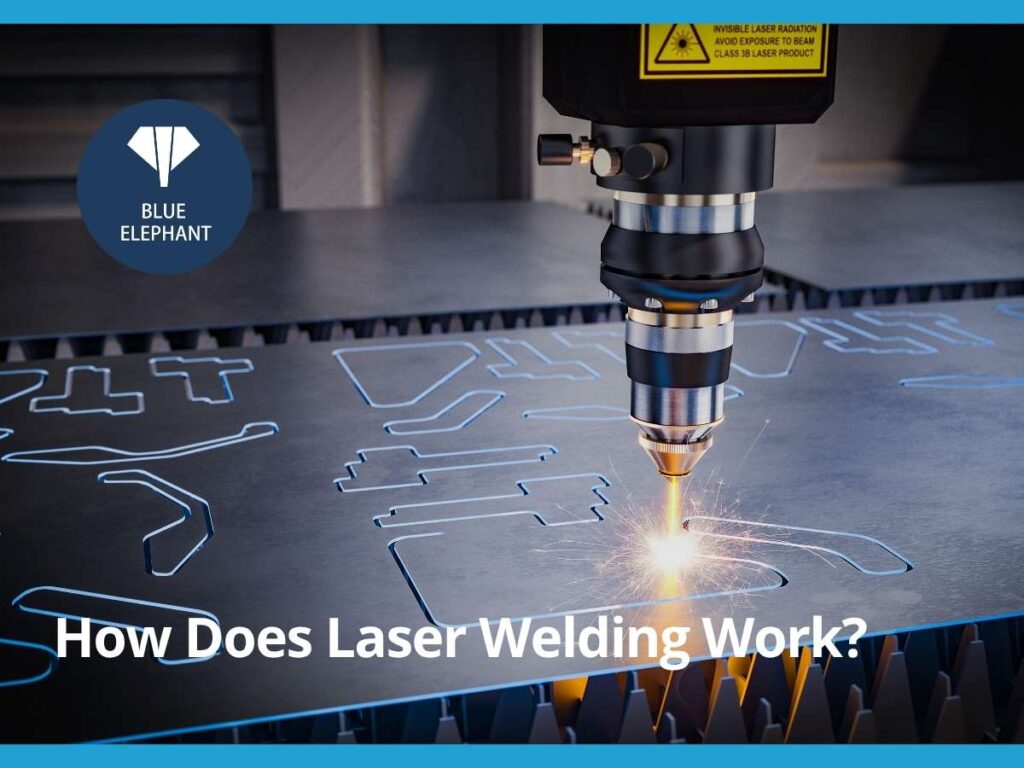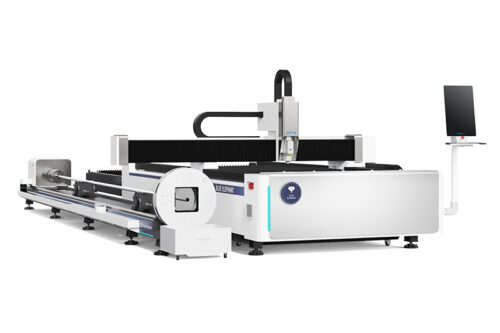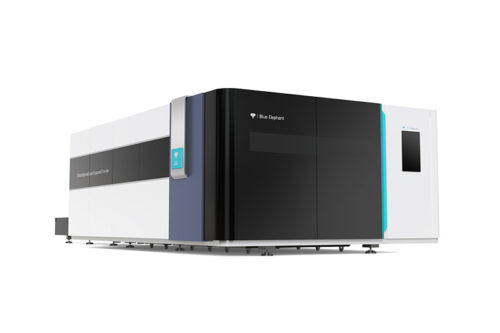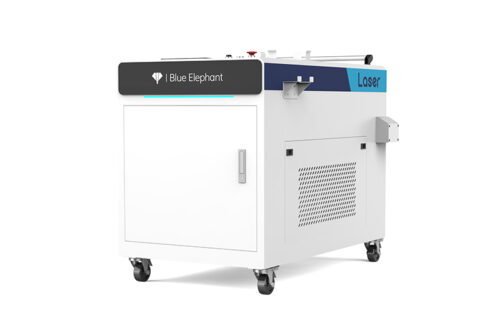Years ago, I saw a machine weld metal using nothing but light. No sparks, no excessive heat, just a seamless bond forming in an instant. I had to know how it worked.
That moment pushed me to dive deeper into laser welding technology. What makes it so different? And why are manufacturers relying on it more than ever?
After testing multiple laser welding systems and reviewing real-world applications, I put together this guide. It’s designed for businesses that need a practical understanding of how the process works.
We’ll cover the mechanics of laser welding, its advantages, and what factors matter when choosing a system. If you’re exploring ways to improve your production process, this article will give you clarity.
Laser welding is more than just an alternative—it’s changing the industry.
Let’s dive in!
1. What is Laser Welding?
Laser welding is a process that uses a highly concentrated beam of light to join materials, typically metals or thermoplastics. This method is known for its precision, speed, and ability to create high-quality welds with minimal heat input. Unlike traditional welding methods that rely on arcs, flames, or pressure, laser welding delivers energy directly to the weld zone, reducing distortion and improving accuracy.
It’s no surprise that industries such as automotive, aerospace, medical device manufacturing, and electronics have adopted laser welding. The ability to create small, intricate welds with minimal material damage makes it a go-to technology for businesses requiring precision and efficiency.
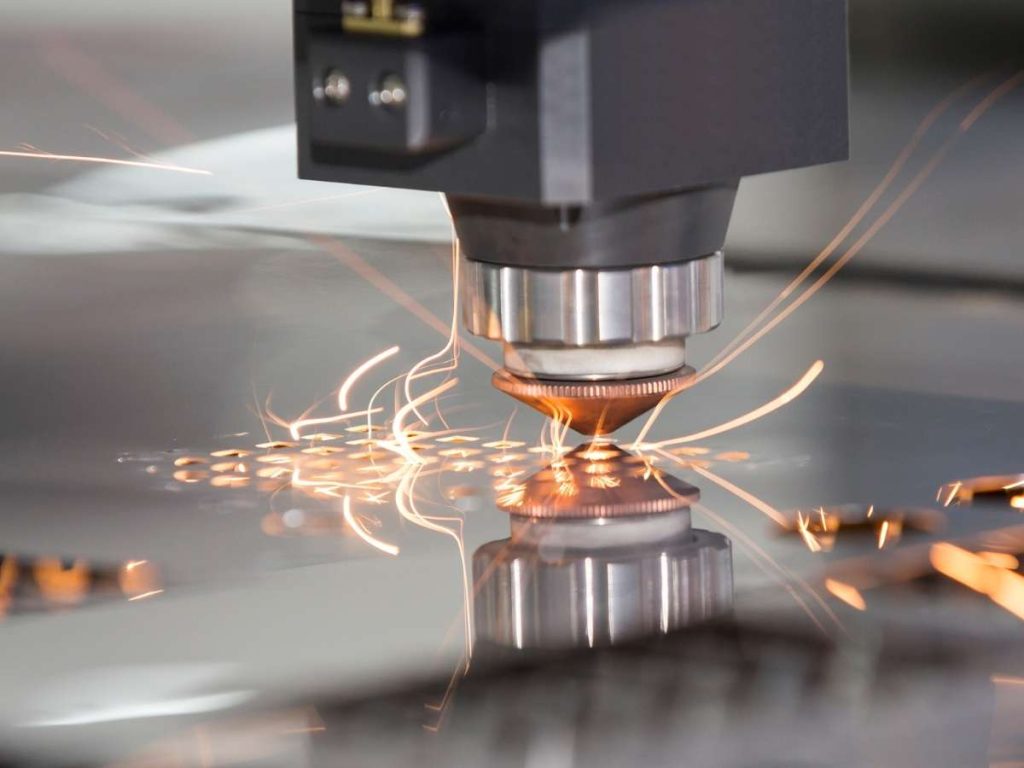
2. How Laser Welding Works
Understanding how laser welding works starts with the laser itself. A laser generates a concentrated beam of light, which is then directed at the materials being welded. The intense heat from the beam melts the material, allowing the pieces to fuse together as the molten metal solidifies.
There are two main laser welding techniques:
- Conduction Welding: The laser heats the material, creating a shallow, wide weld. This method is common for applications that require smooth, aesthetic welds.
- Keyhole Welding: The laser penetrates deep into the material, forming a narrow, deep weld. This technique is ideal for applications where strength and deep penetration are needed.
The efficiency of laser welding depends on factors like beam power, focal point, material reflectivity, and welding speed. By adjusting these parameters, businesses can achieve consistent, high-quality welds for various applications.
3. Types of Laser Welding Machines and Their Applications
Not all laser welding machines are the same. Choosing the right one depends on the application and industry requirements. Here are the main types:
CO2 Laser Welders
CO2 lasers use a gas mixture to generate infrared laser beams. They work well for non-metallic materials and certain metals, making them popular in industries like aerospace and automotive. However, they are less common for precision welding due to their larger beam size.
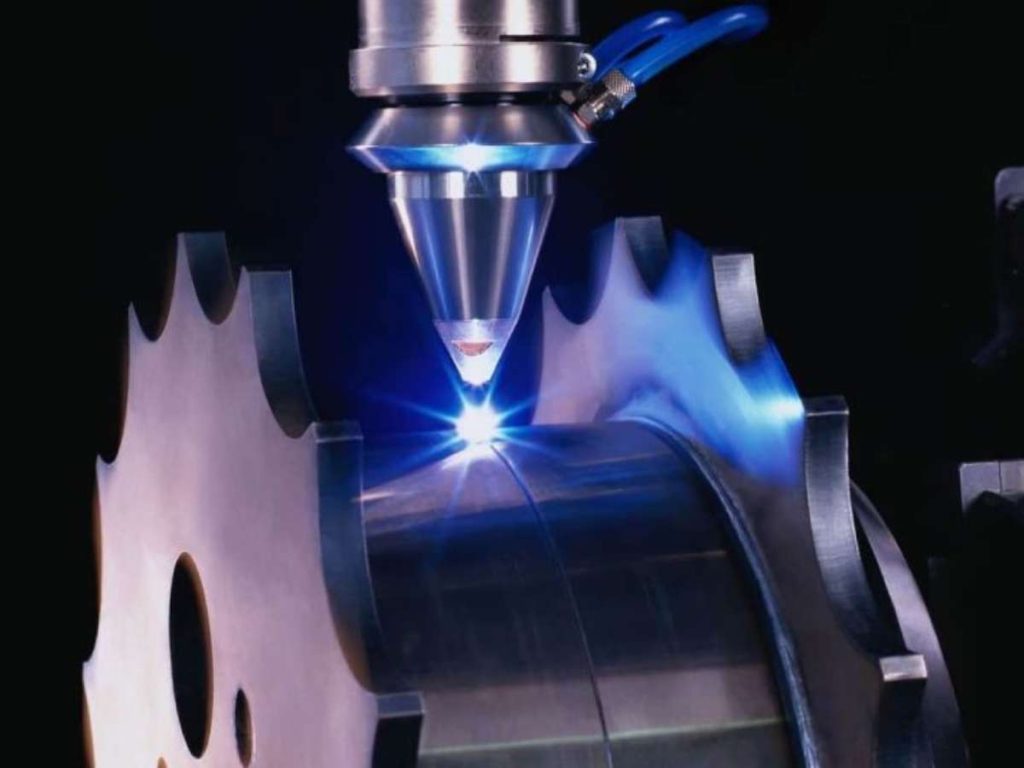
Fiber Laser Welders
Fiber lasers use optical fibers to amplify the laser beam. They are highly efficient, require less maintenance, and offer excellent energy absorption in metals. Due to their precision, fiber lasers are widely used in medical device manufacturing, automotive, and electronics.
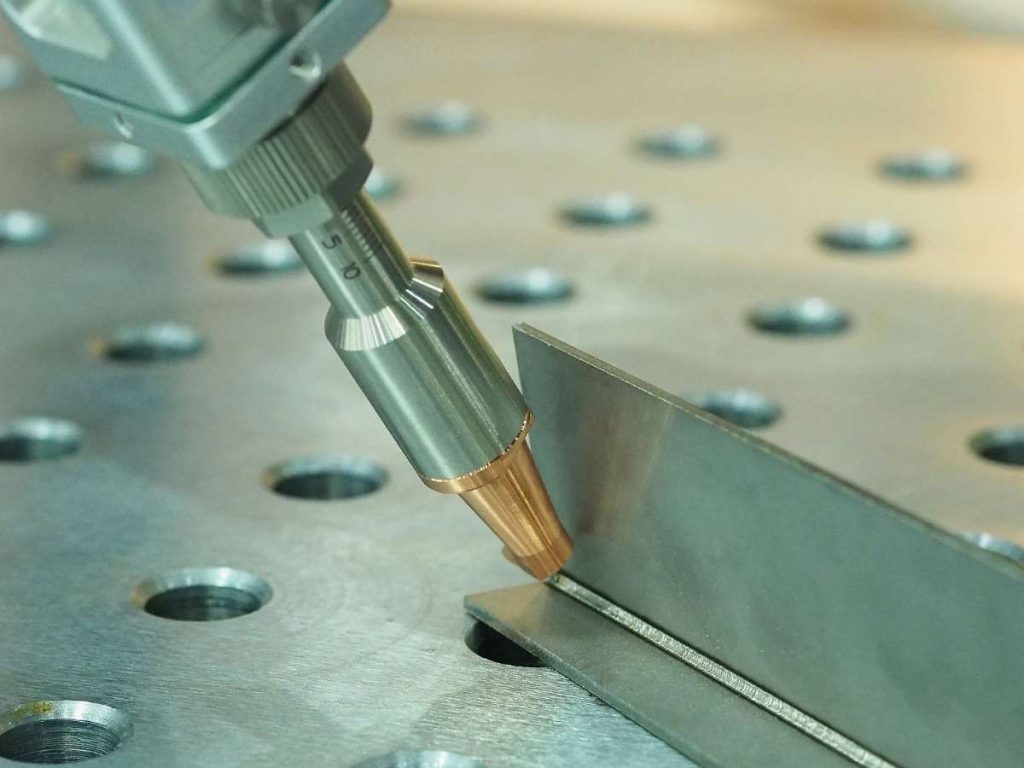
Nd:YAG Laser Welders
These welders use a solid-state laser medium (neodymium-doped yttrium aluminum garnet). They are known for their ability to weld reflective metals like aluminum and copper. Industries that require high peak power and pulsed laser capabilities often rely on Nd:YAG lasers.
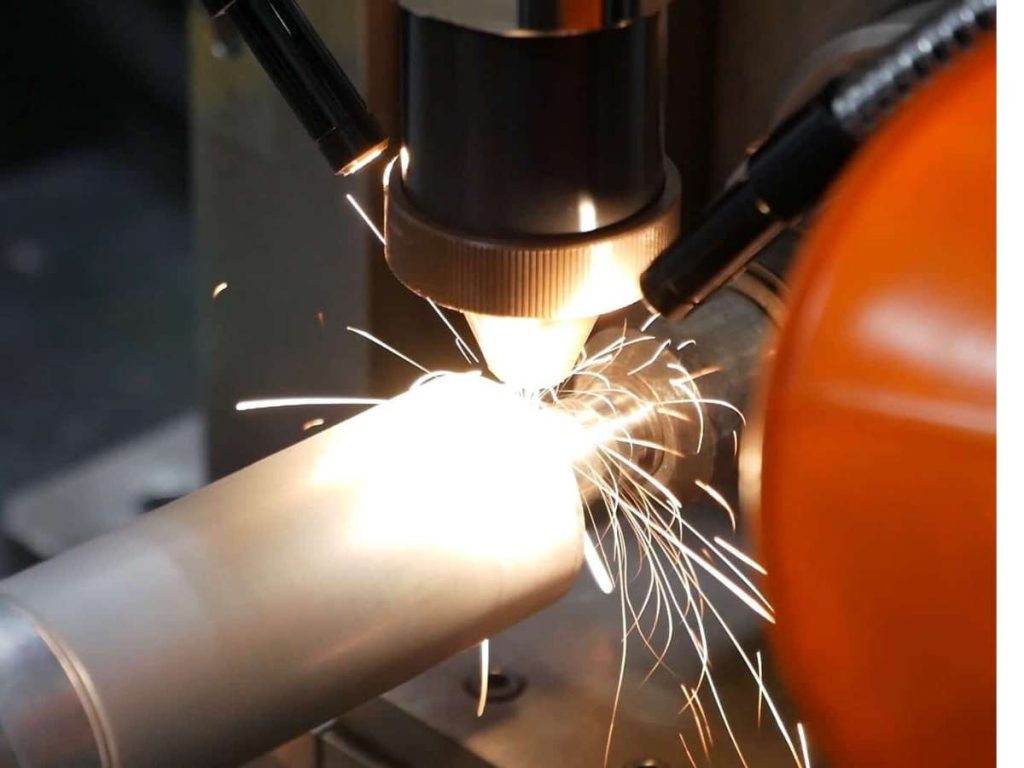
Diode Laser Welders
Diode lasers are compact, energy-efficient, and ideal for applications requiring localized heating. They are commonly used in the automotive and electronics industries for welding delicate components.
Each type of laser welding machine has its strengths and limitations, and businesses must choose based on their specific production needs.
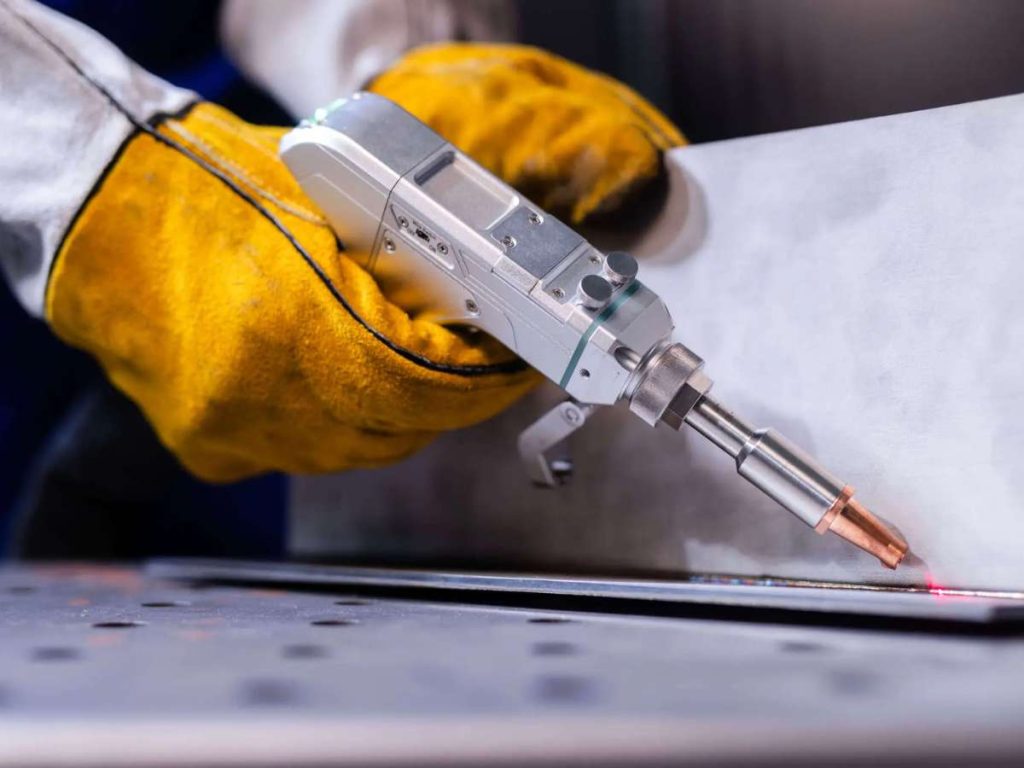
4. Comparing Laser Welding to Other Welding Methods
Laser welding isn’t the only option for joining materials. However, compared to traditional methods, it offers significant advantages:
Laser Welding vs. MIG/TIG Welding
- Precision: Laser welding provides a much finer weld compared to MIG (Metal Inert Gas) or TIG (Tungsten Inert Gas) welding.
- Speed: The process is significantly faster, leading to higher production efficiency.
- Heat Input: Traditional methods generate more heat, increasing the risk of distortion. Laser welding minimizes this issue.
Laser Welding vs. Resistance Welding
- Material Versatility: Resistance welding requires specific material thickness, whereas laser welding can handle a wider range.
- Component Size: Laser welding is better suited for micro-welding and fine details.
- Automation: Laser welding integrates easily with automation systems for large-scale production.
Laser Welding vs. Electron Beam Welding
- Vacuum Requirement: Electron beam welding needs a vacuum chamber, which increases setup time and cost. Laser welding works in open air or with minimal shielding.
- Beam Control: Laser beams can be easily directed with mirrors and lenses, while electron beams require magnetic fields.
- Flexibility: Laser welding is more adaptable to various environments and production lines.
For businesses aiming for precision, speed, and minimal post-processing, laser welding stands out as a superior choice.
5. Material Compatibility in Laser Welding
When I first started working with laser welding systems, I assumed the laser could handle anything we threw at it. But I quickly learned that not all materials play nice with high-energy beams. Some weld beautifully, others, not so much. Material selection turned out to be just as important as the machine itself.
Best Materials for Laser Welding:
- Stainless Steel: Commonly used due to its excellent absorption of laser energy.
- Aluminum: Requires high-powered lasers due to its high reflectivity. Still, with the right setup, it delivers strong, clean welds.
- Titanium: Ideal for aerospace and medical industries due to its strength and corrosion resistance.
- Nickel Alloys: Often used in high-temperature applications and weld well under controlled parameters.
These materials tend to respond well to laser energy, offering both strength and aesthetic appeal after welding. I’ve worked on stainless steel assemblies where laser welds came out flawless, needing almost no post-processing.
Materials That Pose Challenges:
- Copper and Gold: Their high reflectivity can cause inefficiencies unless a high-energy laser is used. The welding process can become unpredictable.
- Plastics: Some can be laser-welded, but require careful selection of wavelengths and absorption layers. It takes extra effort to get the parameters just right.
Getting material compatibility right means fewer weld defects, better mechanical strength, and less rework. In my experience, the most successful laser welding projects always start with a material audit. You want to know how your material behaves under a laser before investing time into fixturing and programming.
6. Key Factors for Achieving High-Quality Laser Welds
Simply having a laser welding machine doesn’t guarantee flawless results. Several factors influence weld quality. Getting these right often takes trial, observation, and plenty of testing.
Beam Focus
Precise focusing ensures proper energy distribution for a clean weld. A misaligned beam can lead to weak joints or spatter. In my experience, even a slight deviation in focus can cause inconsistent penetration or surface defects. It’s something I now double-check before every run.
Welding Speed
Too fast, and the weld may be weak; too slow, and it may cause overheating. There’s a sweet spot where the speed matches the material and power level perfectly. I’ve had to fine-tune speeds multiple times on the shop floor just to get a repeatable, high-quality weld. That sweet spot often varies slightly even within the same material batch.
Shielding Gas
Using gases like argon or helium prevents oxidation and improves weld quality. Poor gas coverage can lead to porosity or discoloration, especially with reactive metals. On one project, we fixed 90% of weld issues just by improving gas delivery. It’s a small detail that makes a massive impact.
Power Settings
Adjusting power levels based on material type prevents burn-through and ensures consistency. Too much power can warp thin materials, while too little may not create a strong bond. Finding the right setting often involves trial and error, especially with new materials. I’ve learned to log my settings carefully so I can replicate successful results in future runs.
7. Safety Considerations in Laser Welding
Laser welding is powerful, but it comes with risks. Businesses must implement proper safety measures—not only to stay compliant but to keep their teams and equipment protected. While the technology is impressive, the energy levels involved can be dangerous if mishandled.
- Laser Protection: Employees should wear appropriate protective gear, including laser safety glasses. Direct or indirect exposure to the beam can cause severe eye injuries or burns. I’ve seen near-miss incidents where basic PPE would’ve made all the difference.
- Enclosed Workspaces: Machines should be enclosed to prevent accidental laser exposure. Enclosures help contain the beam path and minimize the risk of scattering. In facilities I’ve worked with, proper enclosures also reduced ambient light hazards, helping operators focus more safely.
- Ventilation Systems: Fumes generated during welding should be managed with proper exhaust systems. These systems prevent harmful particles and gases from lingering in the air. Without ventilation, even short welding jobs can degrade air quality quickly.
- Operator Training: Workers should be trained to handle laser welding equipment safely. This includes understanding machine controls, emergency stops, and maintenance procedures.
Safety isn’t just about rules and gear; it’s about creating a workplace where people can trust the process and focus on doing great work. The most productive laser welding setups I’ve seen always had strong safety protocols built into the workflow.
Conclusion
Watching that first laser weld years ago changed how I saw manufacturing.
It was fast, clean, and oddly satisfying to watch. Now you’ve seen what I saw, and learned how it all works.
If your business is chasing higher precision or faster turnaround times, laser welding isn’t just an upgrade: it’s a solution.
Don’t let hesitation slow you down. If you’re thinking about making the switch, now’s the time to act.
Contact us at Blue Elephant today, let’s build your next step together.
Check Out These Additional Resources
Need more ideas? Browse through our extended range of products and discover something new:
Still haven’t found what you’re looking for? Don’t hesitate to contact us. We’re available around the clock to assist you.


